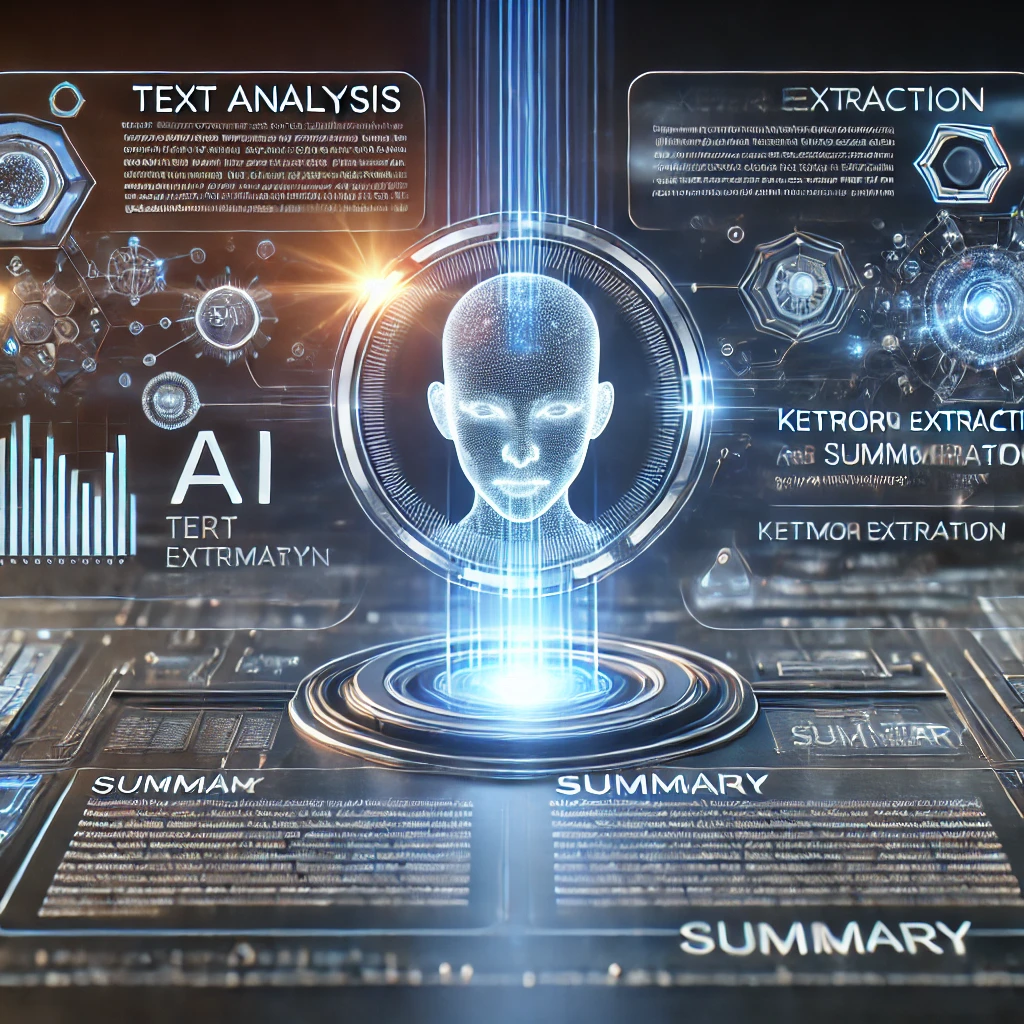Fine-Tuning Approaches
IntermediateAdapting foundation models to additive manufacturing requires specialized fine-tuning approaches to incorporate domain knowledge and improve performance on AM-specific tasks.
The Fine-Tuning Process
Fine-tuning involves taking a pre-trained model and further training it on a smaller, domain-specific dataset. This process typically follows these steps:
- Dataset Preparation: Gathering and curating AM-specific data (designs, process parameters, outcomes)
- Hyperparameter Selection: Choosing appropriate learning rates, batch sizes, and training durations
- Training Strategy: Determining which layers to freeze vs. update during fine-tuning
- Validation: Measuring performance on AM-specific metrics
- Iteration: Refining the model based on validation results
Fine-Tuning Methods for AM
Parameter-Efficient Fine-Tuning
Techniques like LoRA (Low-Rank Adaptation) that modify only a small subset of model parameters, making fine-tuning more efficient.
Instruction Tuning
Training models to follow specific instructions relevant to AM tasks, such as "Design a lightweight bracket with support for 50kg load."
Transfer Learning
Leveraging knowledge from related domains (e.g., general 3D modeling) to improve performance on AM-specific tasks.
Few-Shot Learning
Techniques to adapt models using only a small number of AM examples, particularly useful when extensive training data is unavailable.
# Configuration for fine-tuning a model on AM design dataset
fine_tuning_config = {
"base_model": "stable-diffusion-xl-base-1.0",
"training_data": "./am_designs_dataset",
"epochs": 5,
"learning_rate": 5e-5,
"batch_size": 4,
"gradient_accumulation_steps": 4,
"resolution": 1024,
"mixed_precision": "fp16",
"use_lora": True,
"lora_r": 16,
"lora_alpha": 32,
"validation_prompt": "Generate a lightweight bracket with minimal material use"
}Technical Frameworks
AdvancedImplementing GenAI solutions in additive manufacturing requires robust technical frameworks that can handle the unique demands of 3D design, simulation, and process control.
Model Deployment Architectures
Several architectural approaches can be used to deploy GenAI models in manufacturing settings:
- Cloud-Based Deployment: Utilizing cloud computing resources for training and inference, providing scalability but potentially introducing latency.
- On-Premise (On-Prem) Deployment: Utilizing local computing resources for training and inference, providing benefits such as additional security, reduced latency, and increased controllability. However, this option comes with greater up-front costs, technical complexity, and maintenance requirements.
- Edge Deployment: A form of on-prem deployment, edge deployment involves running models directly on the equipment that collects the data points (such as manufacturing equipment) for real-time monitoring and control.
- Hybrid Deployment: Combining multiple deployment types to balance computational power with real-time requirements.
Integration with AM Software Ecosystems
Effective GenAI implementation requires integration with existing AM software tools:
- CAD/CAM Integration: APIs and plugins to connect GenAI tools with design software
- Slicing Software Connection: Interfaces to optimize print preparation based on AI-generated insights
- MES (Manufacturing Execution System) Integration: Connecting AI systems with production management tools
- Digital Twin Platforms: Incorporating GenAI into digital representations of physical AM systems
Performance Optimization
Technical considerations for ensuring AI systems perform effectively in manufacturing environments:
- Model Quantization: Reducing model precision to improve inference speed and reduce memory requirements
- Distributed Computing: Parallelizing computation across multiple machines for complex simulations
- Model Distillation: Creating smaller, faster models that mimic the behavior of larger ones
- Hardware Acceleration: Leveraging GPUs, TPUs, or specialized AI hardware for improved performance
Implementation Strategies
AdvancedSuccessfully deploying GenAI in additive manufacturing environments requires thoughtful implementation strategies that address technical, organizational, and workflow considerations.
Technical Implementation Pathway
A staged approach to implementing GenAI technologies in AM:
Stage 1: Proof of Concept
- Identify specific AM challenges that GenAI could address
- Select appropriate foundation models and fine-tuning approaches
- Develop small-scale demos to validate feasibility
- Establish baseline metrics for measuring success
Stage 2: Pilot Implementation
- Deploy GenAI solutions in controlled production environments
- Integrate with existing AM workflows and software
- Collect performance data and user feedback
- Refine models and interfaces based on real-world usage
Stage 3: Full-Scale Deployment
- Scale solutions across multiple machines and facilities
- Establish monitoring and maintenance protocols
- Implement continuous improvement mechanisms
- Develop training and documentation for users
Common Implementation Challenges
Anticipating and addressing these challenges can improve implementation success:
- Data Quality and Availability: AM-specific datasets may be limited or proprietary
- Computational Resources: GenAI models can require significant computational power
- Domain Knowledge Integration: Ensuring AI solutions incorporate manufacturing expertise
- Workflow Disruption: Minimizing impact on existing production processes
- Verification and Validation: Ensuring AI-generated designs meet quality and safety standards
- Intellectual Property Considerations: Managing ownership of AI-generated designs
Ready to Implement GenAI in Your AM Workflow?
Explore our practical tutorials and case studies to see how these technologies can be applied in real-world settings:
